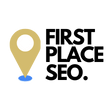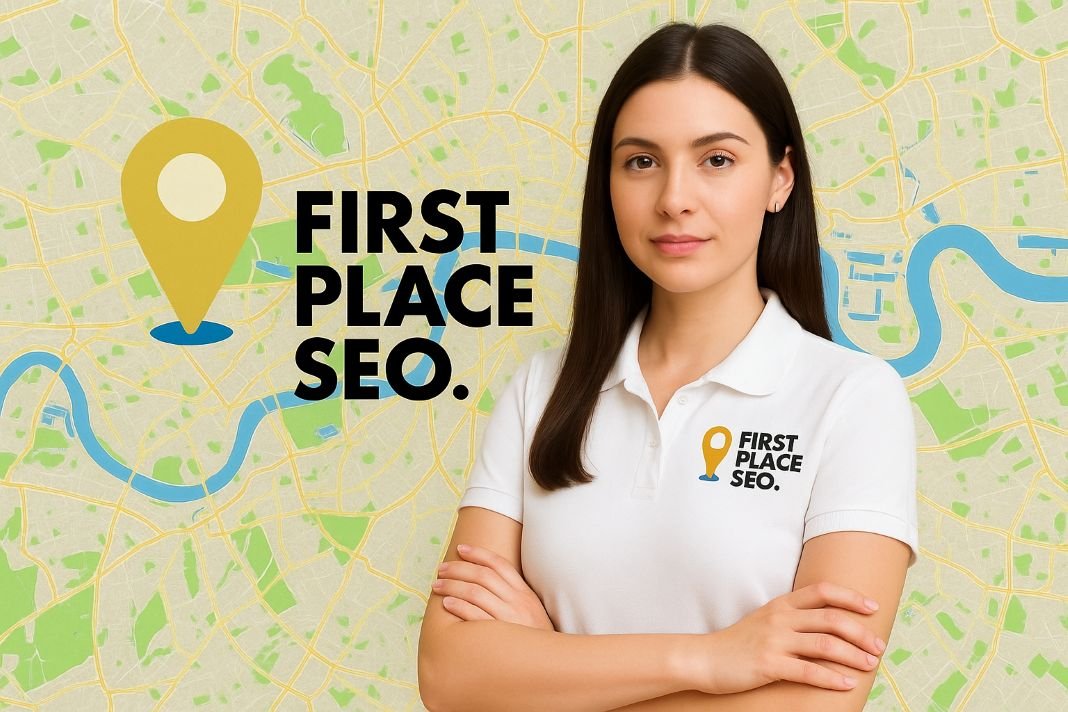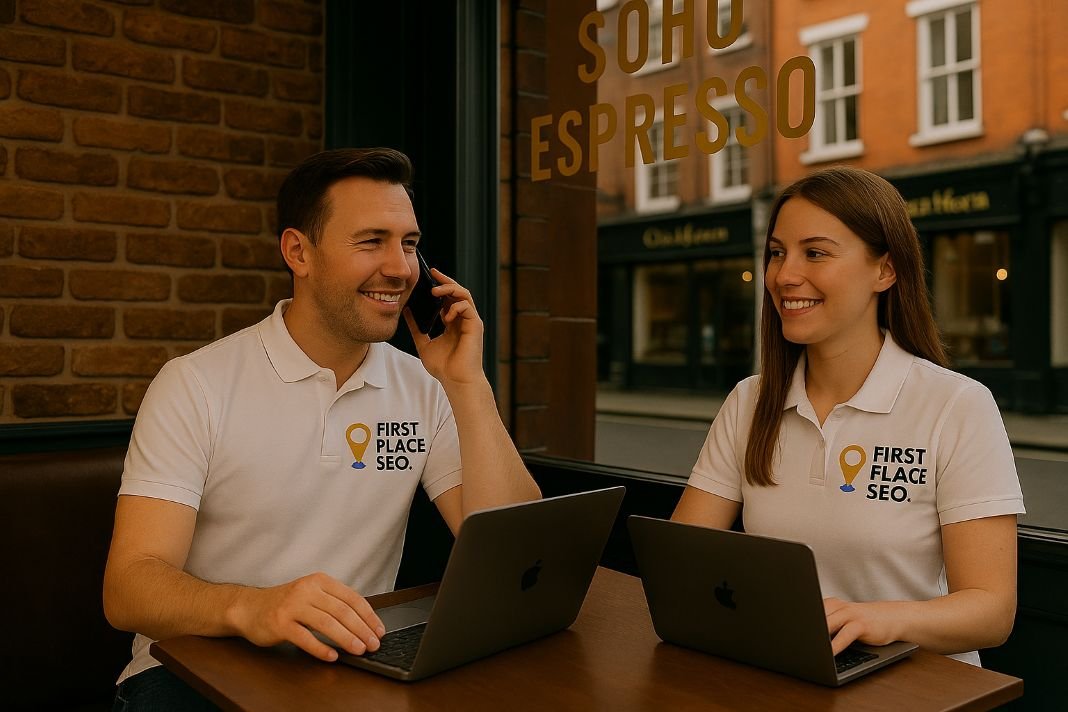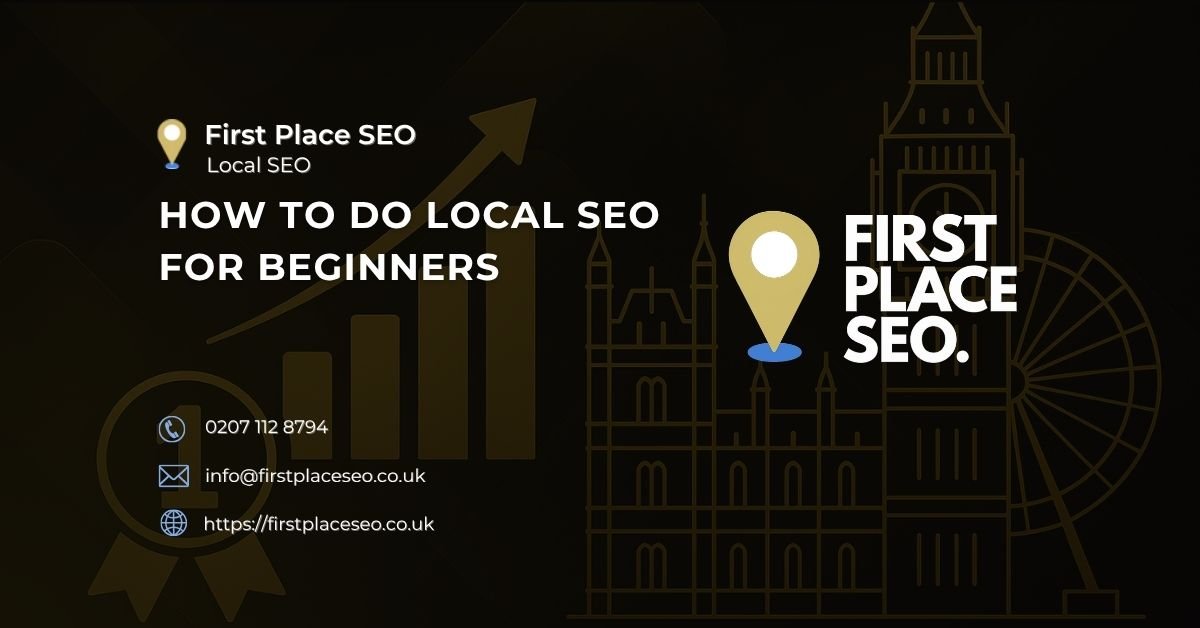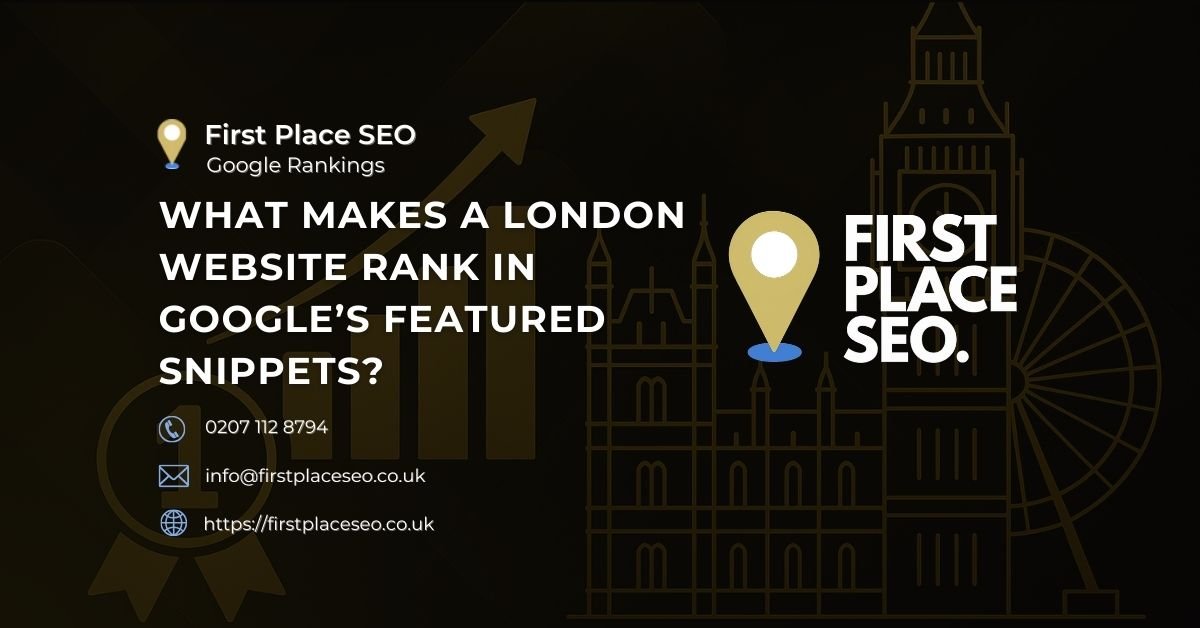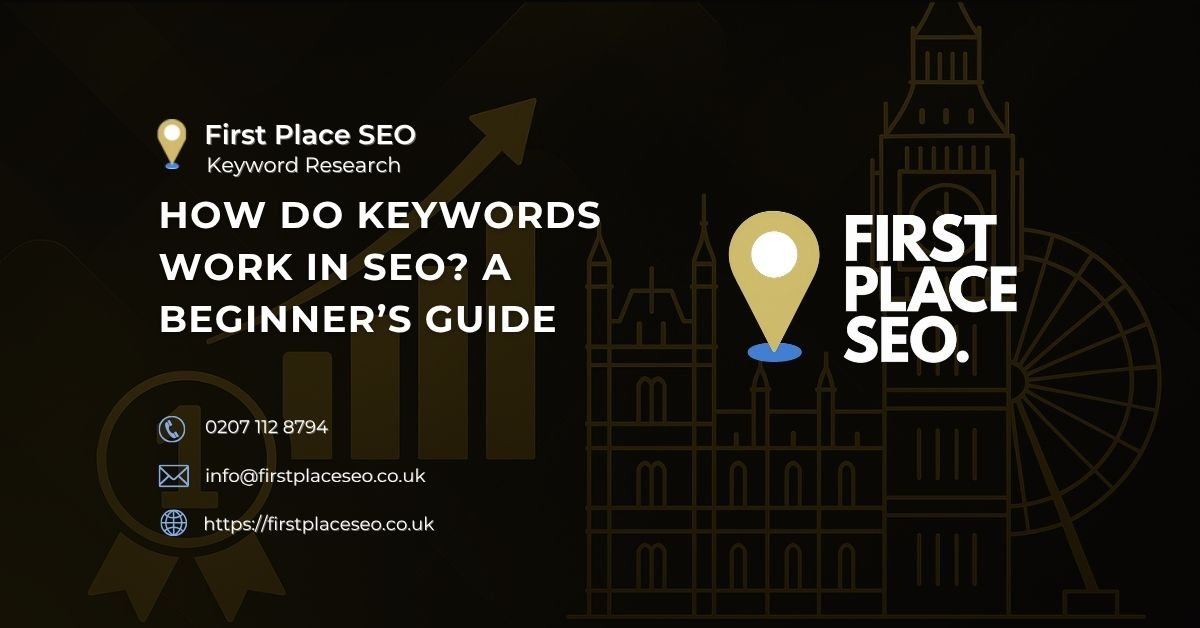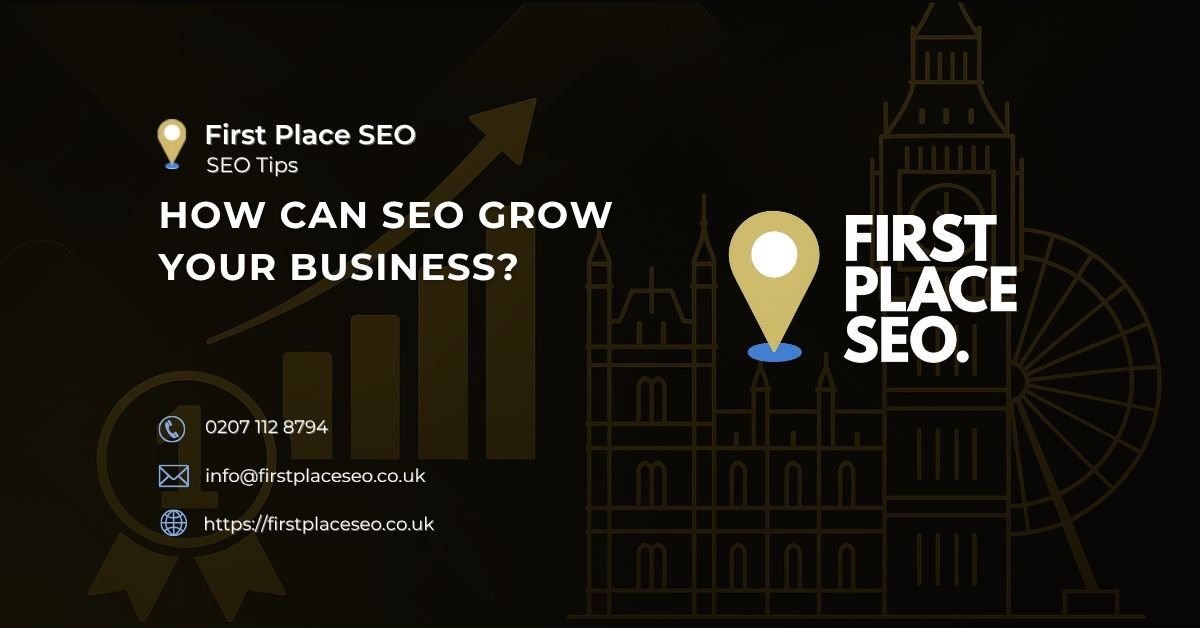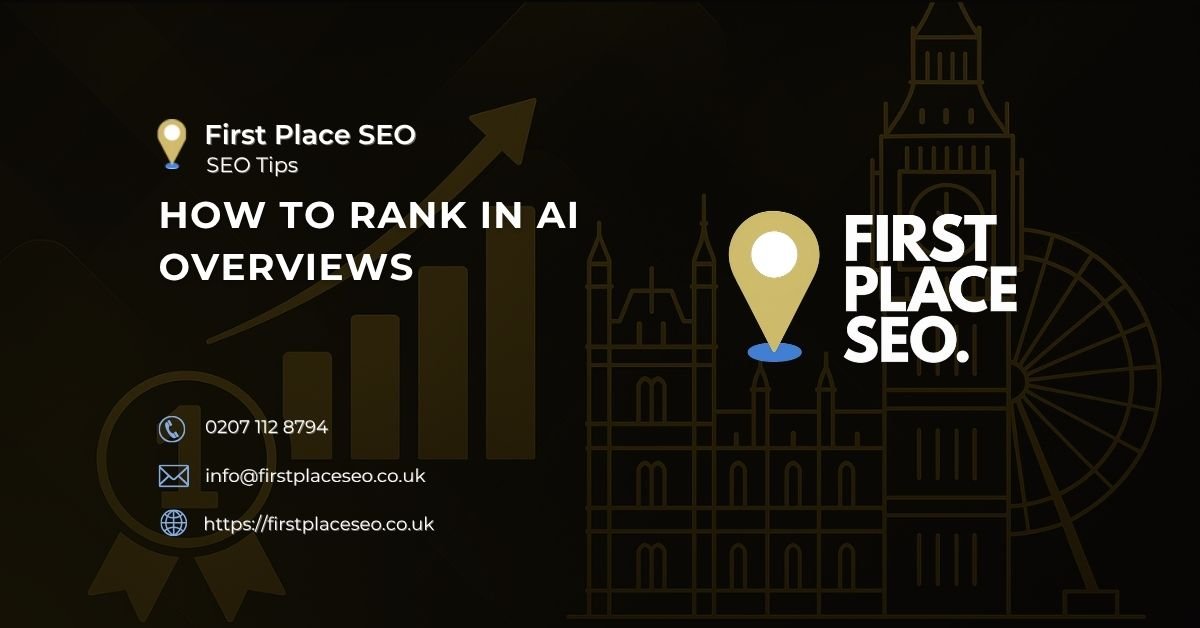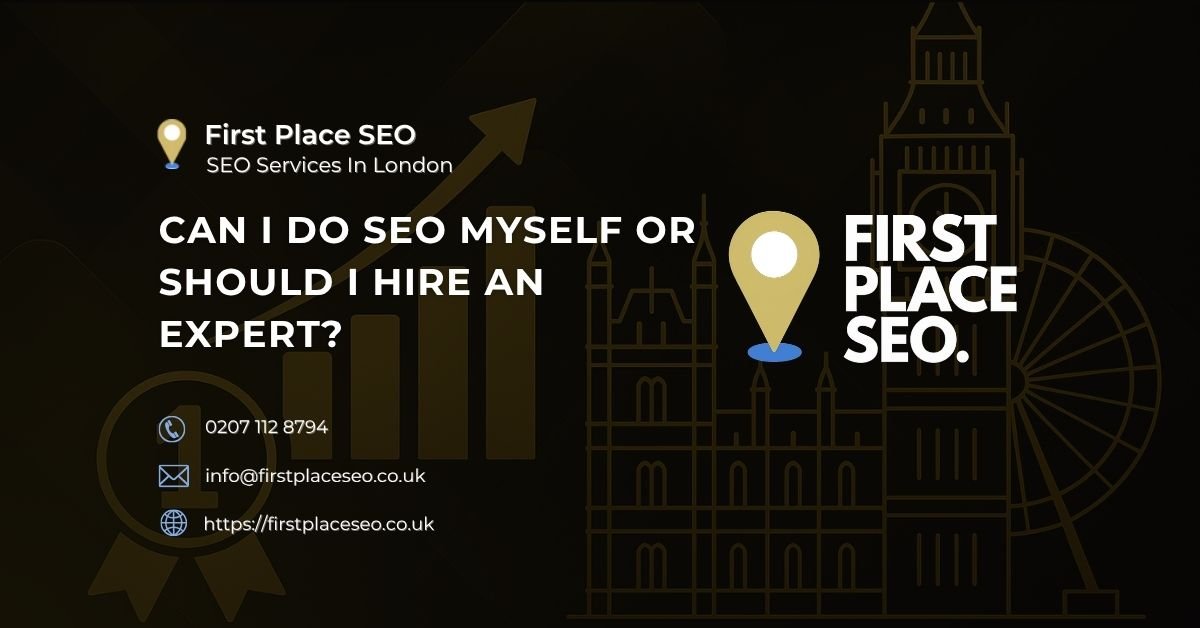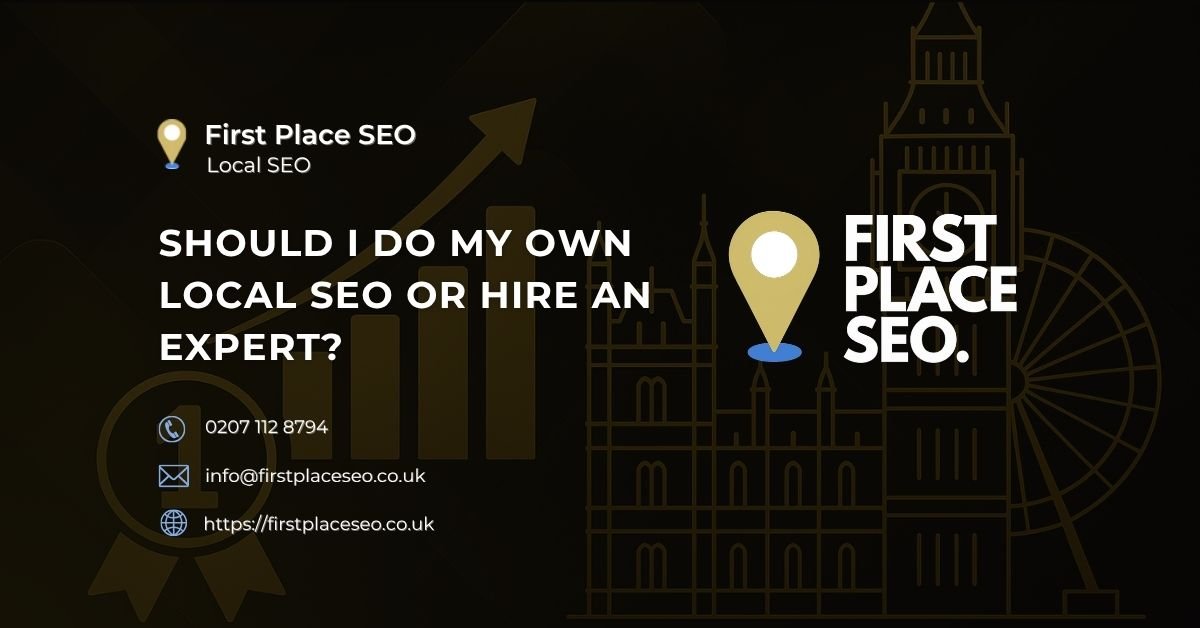What is local SEO and why does it matter for nearby businesses?
Local SEO ensures your business shows up when people nearby search for your services. For example, it helps a local café appear when someone types “coffee shop near me”. This kind of SEO focuses on location and relevance, connecting your business with potential customers right when they need you.
Table Of Content
Step by step beginner’s guide to local SEO
Start with local visibility basics
Picture your business as a digital pin on a map. This visibility starts with verified, consistent information online. Google gives priority to local businesses that maintain accurate, area based details. The Local Pack, those top three map results in Google Maps and the Search Engine Results Page (SERP), relies on how close you are to the user and how well your listing matches their intent.
Managing your listing through Google Business Profile helps control your map presence. Make sure your name, address, and phone number (NAP) match everywhere. Choose the most relevant business category and describe your services clearly. Use mobile friendly photos, keep your opening hours up to date, and post updates regularly to stay active.
Keyword research for geo targeted visibility
Imagine you are a customer needing a nearby service. You might search “electrician near me”, “open now takeaway in Shoreditch”, or “best café in Brighton”. These are examples of local search phrases with clear buyer proximity intent.
Use tools such as Ubersuggest, Google Trends, and Google’s People Also Ask to find what people are looking for. Combine your services with area names or landmarks, such as “window cleaner NW5”, “locksmith near Tower Bridge”, or “plumber next to Victoria Station”. Phrases like “open now” show urgency and often get more clicks.
Pro Tip : Don’t ignore mobile: Over 70% of local searches come from smartphones. Make sure your site loads quickly and your phone number is clickable.
Get Found on Google Maps
Want to rank in the top 3 map results? Let us optimise your Google Business Profile today.
Set up and optimise your Google Business Profile
Think of your profile as your online shopfront. Start by claiming and verifying it. Choose your business category carefully, define where you work, and keep your hours and contact details up to date. Add current photos and use GBP Posts to highlight your offers or services.
After a job, ask happy customers to leave reviews. Respond to every review using a polite and personal tone. Say thank you, address feedback, and use their name where it feels natural. These small actions build trust and help your business rank higher.
You can also encourage reviews on platforms such as Trustpilot or Yelp, especially if you serve customers outside Google Maps. Diversifying your review sources helps build brand credibility across the web.
Maintain citation consistency across directories
Your details need to be the same everywhere. Even small differences like “St” and “Street” can create confusion and hurt your ranking.
Tools like Moz Local and BrightLocal make it easy to check and fix your listings. Keep a spreadsheet of your correct business info and use it when filling out directories like Yelp, YellowPages, and the BBB. Maintaining citation alignment helps reinforce trust signals to search engines.
Create local content that builds neighbourhood trust
Writing content that mentions local events or communities helps your business feel rooted in the area. You could write about neighbourhood events, share helpful FAQs, or spotlight local partnerships.
Build separate pages for each area you serve. For example, if you work in Surbiton and Richmond, write a unique page for each. Link these pages together where it makes sense, like connecting your Richmond page to your general home cleaning services. Make sure each page is original and clearly written.
On these pages, include service and location pairings such as “house cleaning in Richmond” or “deep carpet cleaning near Richmond Park”. This helps support long tail search queries.
Use LocalBusiness schema for structured data
Schema is a small bit of code that helps Google understand your website better. The LocalBusiness type includes information like your services, address, and reviews.
Use JSON LD to add this code, either with a plugin or by pasting it in. Test it with Google’s Structured Data Testing Tool and keep an eye on performance in Search Console. This can help your site show up with review stars or links in search.
Ask for and respond to reviews
A quick message after a job asking for a review can go a long way. Include a direct link to your Google profile so it is easy to leave feedback.
Reply to each review with care. Thank the reviewer, mention something they said if possible, and be calm even if the review is less than glowing. How you respond tells others what kind of service they can expect.
Use sentiment that reinforces your brand values. Phrases like “we’re glad you felt looked after” or “happy to have been of help” convey warmth and reliability.
Use beginner friendly local SEO tools
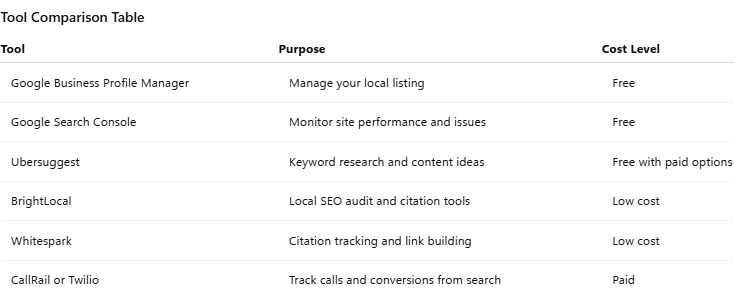
These tools help with mobile friendliness, directory checks, keyword research, and tracking buyer behaviour. Start with what matches your current experience.
Pro Tip: Photos influence clicks: Listings with fresh, high quality images get more views and interactions on Google Maps.
How do you know if your local SEO is working?
Watch how things change using tools like GBP Insights, Google Analytics, or simple ranking trackers. You can see how people find you, what they search, and how often they click.
Check for shifts in map visibility and use tracking software to monitor calls, direction requests, and high performing keywords on the Search Engine Results Page (SERP). Tracking buyer proximity and engagement helps refine your strategy month by month.
Look over your stats each month. If some pages do well, add more content like them. If you get fewer reviews, ask more customers. Keep adjusting to stay visible and helpful.
This guide shows how local SEO brings nearby customers to your door. By keeping things accurate, writing with purpose, and responding with care, you can grow your local presence steadily without needing to be a technical expert.
